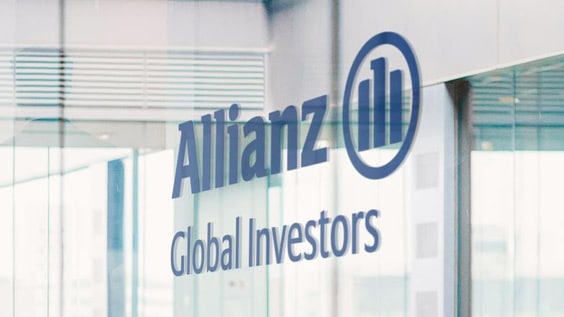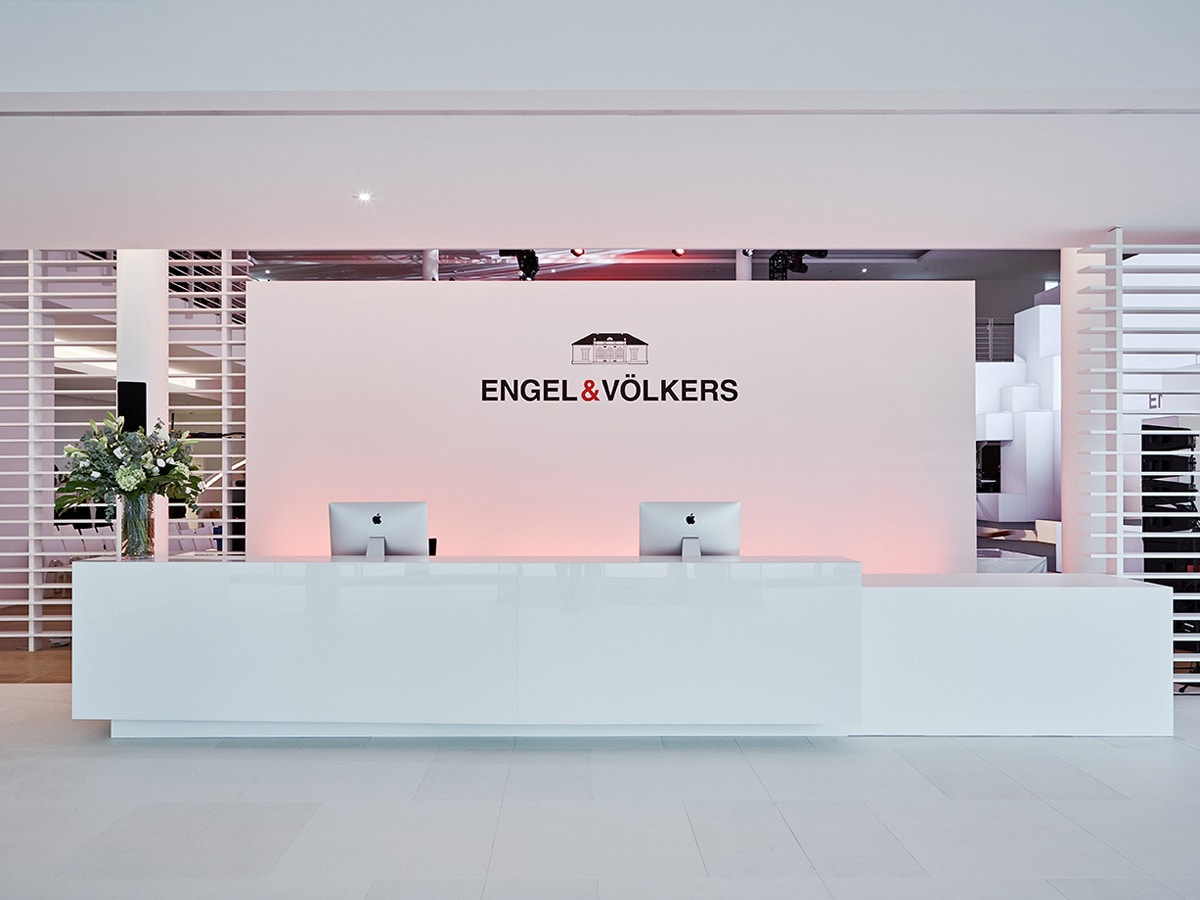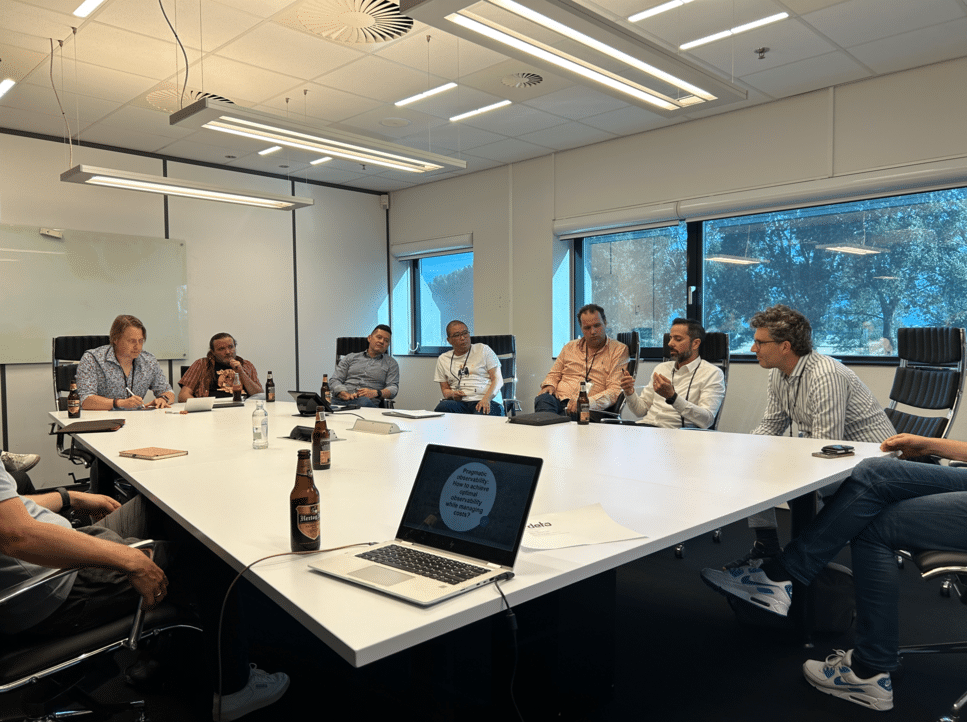How you answer questions in an interview provides your potential future employer an insight into your level of experience, passion and suitability for the role. With the demand for Salesforce Developers growing, it is important that you brush up on how to answer the most commonly asked questions in a Salesforce Developer interview.
We’ve hand-picked some of the most commonly asked questions – whether you’re starting out or are an experienced Salesforce Developer, these questions and how to best tackle answering them will help you on the way to securing your dream developer role.
What is SOQL (Salesforce Object Query Language) used for?
SOQL stands for ‘Salesforce Object Query Language’ and is designed to query the Salesforce platform to retrieve data. It’s used within Apex & Visualforce and is similar to SQL ‘Structured Query Language’.
What is the difference between a Role and a Profile?
Profiles help to control object privileges and allow users to carry out specific actions, such as exporting data. Roles allow users to share records across their organisation. They can only be shared in a hierarchal fashion, giving users access to records that are owned by employees further down in the hierarchy.
Explain the difference between Salesforce.com & Force.com?
• Salesforce.com is a SaaS ‘Software-as-a-Service’ product, it has a selection of pre-packaged solutions that are designed for a specific purpose.
• Force.com is a PaaS product ‘Platform-as-a-Service’, it allows you to build your own applications. Salesforce.com is built on the Force.com platform.
What are Bucket Fields used for in Salesforce?
They’re used when reporting in Salesforce to help group together field values. The fields aren’t created within Salesforce existing only in in the report itself.
In the context of development, what is a Sandbox?
Before code is implemented into production, a Sandbox can be used as a means of testing. Sandboxes differ in how much data they can hold, as well as the types of data they can copy from production. The most common feature that developers can use to deploy from production to use something called Change Sets.
What object relationships that are available in Salesforce do you know of?
- Lookup relationship: this links two objects together. It is the most basic type of relationship that exists on the platform.
- Master-detail relationship: this creates a strong relationship between two objects. If a master record is deleted, then the record associated with it will also be removed. They allow you to calculate data on the master record from the record associated with it.
- Many-to-many relationship: this allows you to link a child record to many parent records. This relationship is made with the help of a junction object.
There are many other relationships available in Salesforce, including; Self-relationship, External lookup relationship, Indirect lookup relationship, and Hierarchical relationship.
For more Salesforce interview tips or if you are a Salesforce Developer on the hunt for your next challenge, get in touch with our specialised Salesforce consultants today.




